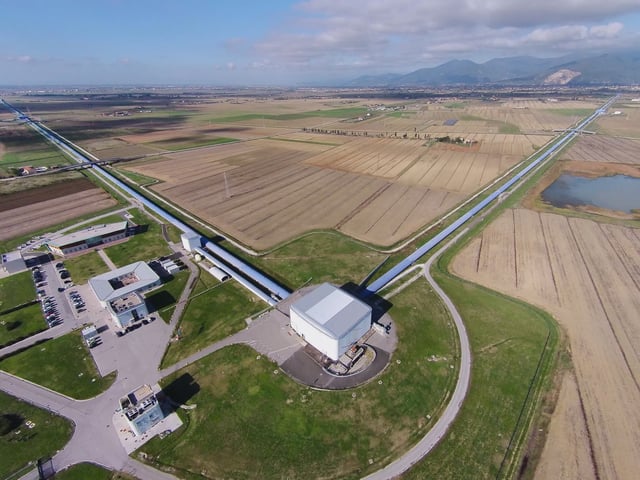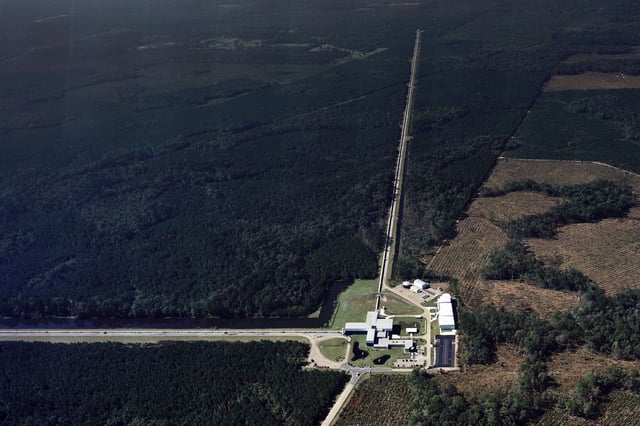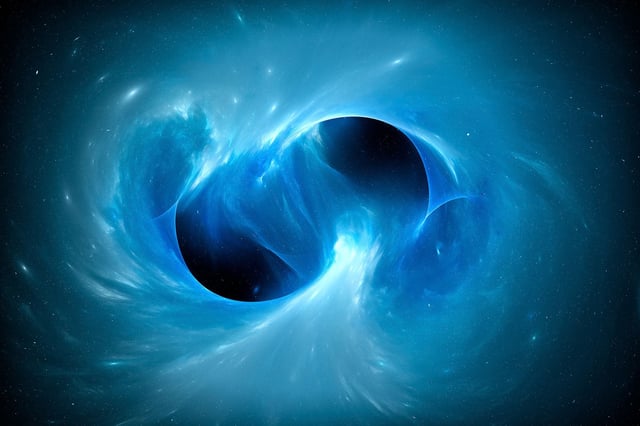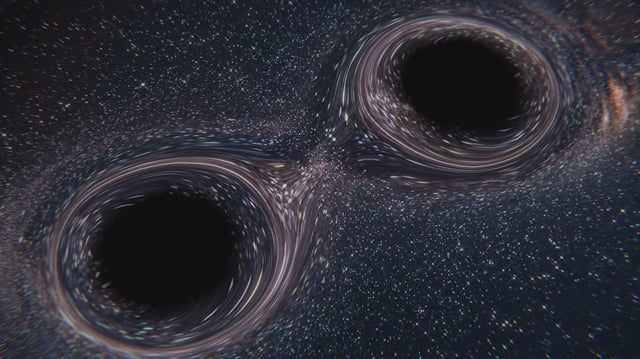Overview
- GW231123 was detected on November 23, 2023, during LVK’s fourth observing run, marking the most massive black hole merger ever observed via gravitational waves.
- The merger combined black holes of roughly 100 and 140 solar masses to form a 225-solar-mass remnant that standard stellar evolution models cannot account for.
- Analysis shows the progenitor black holes were spinning near the relativistic limit, which complicates signal interpretation and theoretical modeling.
- Scientists are investigating hierarchical merger scenarios in which each progenitor may have formed from earlier black hole collisions to explain its extreme mass.
- The LIGO-Virgo-KAGRA Collaboration will release calibrated GW231123 data through the Gravitational Wave Open Science Center to advance global research.



